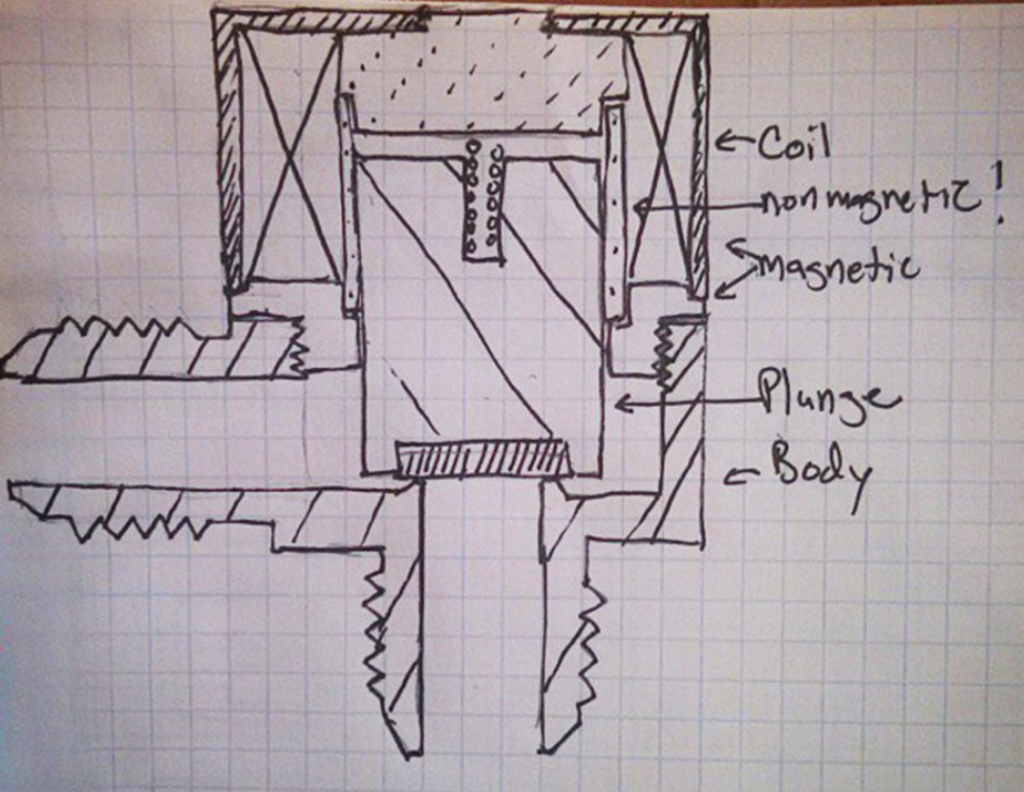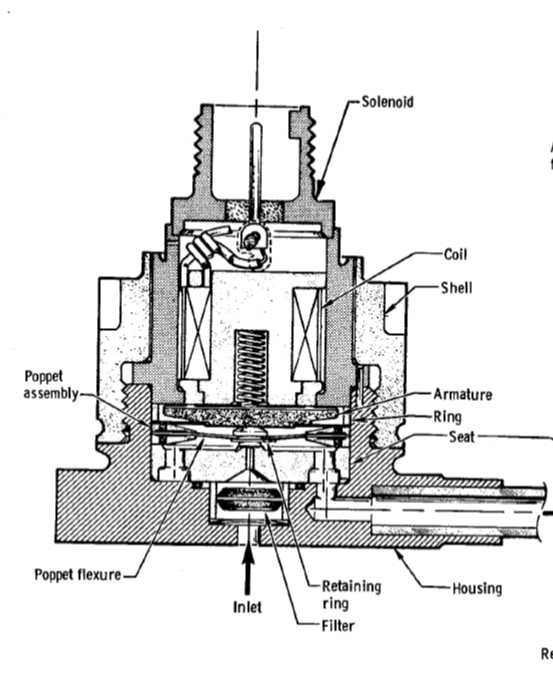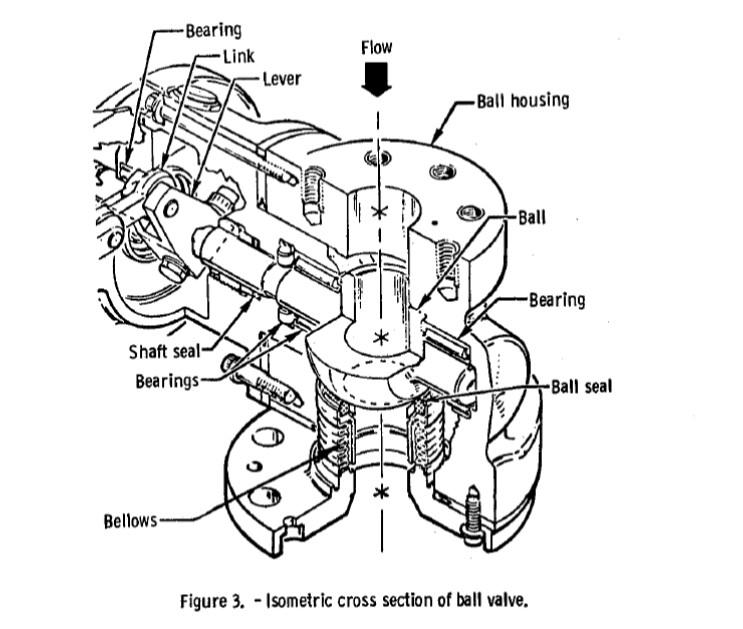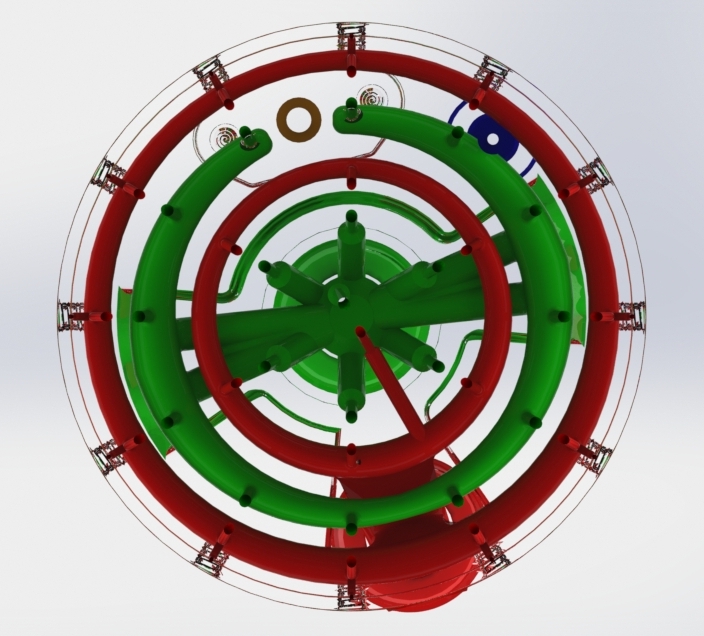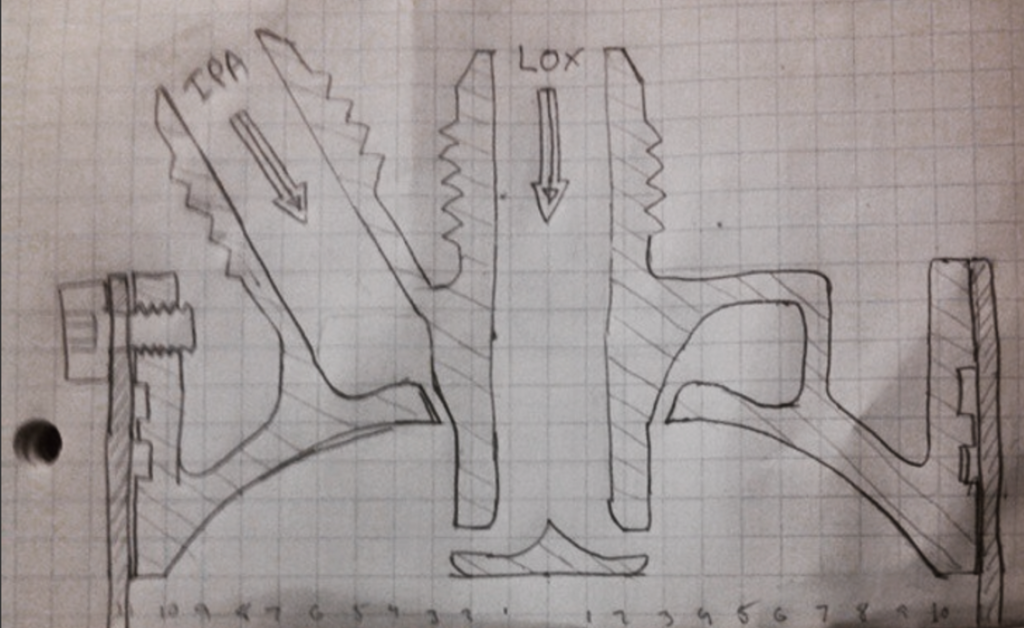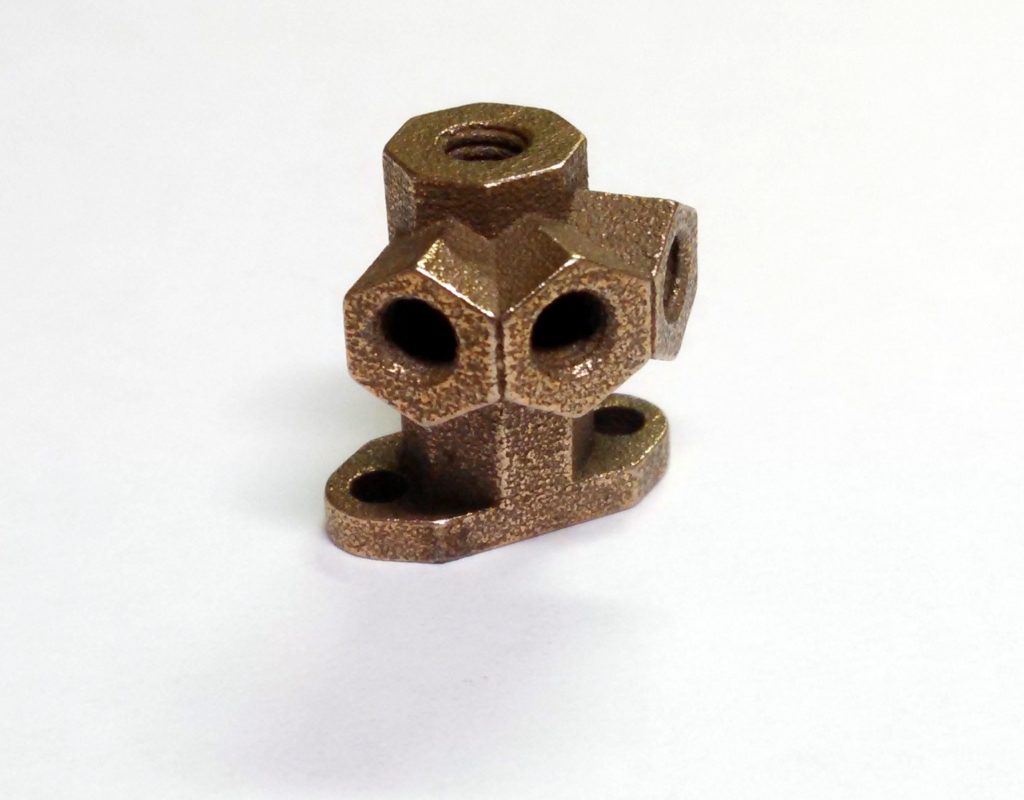This is not directly related to the Project Earendel, but it is rocket related. On aRocket, someone had asked for help with a gas generator, specifically asking about the gas to liquid ratio of hydrogen peroxide or a Potassium nitrate / sugar solid. Now, I posted a fairly long reply which boils down to you get higher gas to liquid with KNSU, but at the price of higher temperature and lots of liquid or solid K2CO3 (Potassium Carbonate) in the exhaust, so you probably shouldn’t use it. This got me thinking, if I had to run a turbine, quick and cheap for demonstration purposes, how would I go about it?
The super traditional GG is 85% peroxide and it is great for the purpose. Cold enough that you can use stainless steel and 100% gas if properly decomposed. Since it is a monoprop, only one fluid line and no potential for overheating. Peroxide is a bit of a pain to deal with though, and hard to procure, so if I had it for another reason I would use it; otherwise, not worth the hassle.
Other monopropellants are all pretty much bad options for a variety of reasons: Hydrazine is hot and toxic but watered down is is the GG for the F-16 so it does work, Nitrous is hard to catalyze and very hot (1640 C), Etylene Oxide is pretty toxic, somewhat explosive, and can have carbon in the exhaust. A variety of other experimental options exist but are not yet practical.
The other traditional option is LOX/RP-1 running fuel rich. This a very good option and, in the small scale size where I could use GOX bottles, it would be my first choice. But instead of RP, I would use alcohol mixed with water to ensure 100% gas, i.e. no carbon. This is common in a rocket related piece of equipment called a chemical steam generator. For a small GG, I would say you could run a 0.33 O/F with GOX and 75% Ethanol, 25% water. This would get you 0.3 lb/s flowrate at 1000 K from a bottle of oxygen and a pressurized alcohol container. That is a lot of GG and enough to run a turbo pump for a 2500 lbf engine, so I can’t imagine an amateur needing more than that. Plus the exhaust is mostly water and carbon dioxide with some methane and carbon monoxide, so no solids and liquid until you get close to room temperature. For more design details, check out SP-8081.
A final option if you need a neutral GG (i.e. not an oxidizer or fuel) is gasifing liquid nitrogen. Medical facilities do this with LOX all the time and a fair amount of bulk gaseous nitrogen is sold as a liquid. We just need to gasify it quickly. This is usually done with large air heat exchangers but, if you need a large flow rate, you might need to have a liquid heat exchanger, i.e. run a tube of LN2 through a bucket of water and adjust the length until you get gas out of the other end. If you use 350 psi Dewars, this should be an easy GG.
I suppose the other option is a solid, but I don’t know that anything exists in the amatuer class that is low temperature with no solids in the exhaust. Ammonium Nitrate is what you would want to use as an oxidizer, but it is hard to get to burn at low temperature. And car air bags and some rockets use sodium azide, but that shit is horribly toxic at a LD50 of 27 mg/kg – about half as toxic as arsenic. So solids are out for me. Let me know if you know of a solid that would produce gas at <1200 K with minimal solids or liquids in the exhaust. I think they used to run the exhaust of a solid through a dilutant to reduce the temperature, but I can’t find a reference.
So that is my thought on easy GGs: either GOX/Alcohol or gasify liquid nitrogen.


